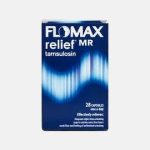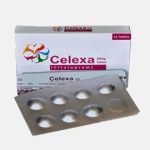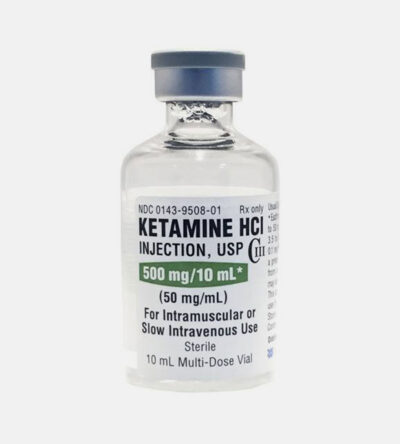Propofol 10mg/ml (injectable solution) (🇪🇸ES)
€944.00
Description
Propofol is an intravenous anesthetic used for procedural sedation, during monitored anesthesia care, or as an induction agent for general anesthesia. It may be administered as a bolus or an infusion, or some combination of the two. Propofol is prepared in a lipid emulsion which gives it the characteristic milky white appearance. Strict aseptic technique must be used when drawing up propofol as the emulsion can support microbial growth. It has both approved and off-label uses. This activity outlines the indications, mechanism of action, methods of administration, important adverse effects, contraindications, monitoring, and toxicity of propofol, so providers can direct patient anesthesia where it is indicated, as part of the interprofessional team.
Objectives:
- Identify the mechanism of action of propofol.
- Summarize the approved and off-label indications for using propofol.
- Review the appropriate monitoring and toxicity of propofol.
- Review interprofessional team strategies for improving care coordination and communication to advance propofol where it is indicated and improve patient outcomes.
Clinical uses of Propofol
- Induction of general anesthesia in patients ≥ three years old, though it may be used as an induction agent if a child less than three years of age has IV access.
- Maintenance of anesthesia in patients > 2 months old
- Sedation during monitored anesthesia care for patients undergoing procedures
- Sedation in intubated, mechanically-ventilated ICU patients
Off-Label uses of Propofol
- Status Epilepticus, refractory (children and adults)
Treatment of refractory postoperative nausea and vomiting
Mechanism of Action
Like most general anesthetic agents, the mechanism of action for propofol is poorly understood but thought to be related to the effects on GABA-mediated chloride channels in the brain. Propofol may work by decreasing the dissociation of GABA from GABA receptors in the brain and potentiating the inhibitory effects of the neurotransmitter. This, in turn, keeps the channel activated for a longer duration resulting in an increase in chloride conductance across the neuron, causing a hyper-polarization of the cell membrane, making it harder for a successful action potential to fire.
Adverse Reactions
- Transient local pain at the injection site is the most common adverse reaction. This may be decreased by administering IV lidocaine before propofol bolus.
- Hypotension
- Myoclonus
- Occasionally has been seen to cause EKG changes (QT interval prolongation). This is rarely clinically significant.
- Discolored urine (a green tint); this adverse event is exceedingly rare
Additional information
| ml | 10 |
|---|---|
| vials | 1, 3, 5, 10 |
Only logged in customers who have purchased this product may leave a review.







Reviews
There are no reviews yet.